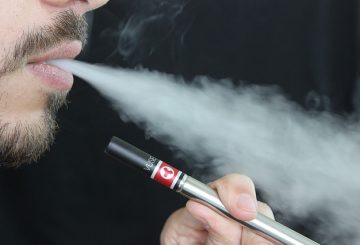Jumlah orang dewasa di Rotorua yang meninggal lebih awal karena kualitas udara yang buruk telah turun setengahnya dalam 13 tahun, menghemat lebih dari $100 juta dalam biaya sosial, menurut anggota dewan Rotorua Lakes.
Terlepas dari kemajuan ini, para pejabat memperingatkan bahwa metode baru untuk mengukur polusi udara dapat mempengaruhi Rotorua, sebuah kota yang sudah bekerja untuk meningkatkan kualitas udaranya. Anggota Dewan Lyall Thurston menyoroti bahwa Rotorua memiliki kualitas udara terburuk di Pulau Utara, terutama karena pembakar kayu. Tindakan telah diambil untuk mendorong metode pemanasan yang lebih bersih, menghapus beberapa pembakar, dan menggunakan teknologi untuk mengidentifikasi mereka yang tidak mengikuti aturan.
Dr Gregory Evans dari Toi Te Ora Public Health menyatakan bahwa polusi udara mempengaruhi semua orang, tetapi beberapa orang lebih berisiko. Paparan jangka pendek dapat memperburuk kondisi seperti asma, sementara paparan jangka panjang dapat menyebabkan penyakit kardiovaskular. Sebuah studi dari tahun 2022 menunjukkan bahwa polusi udara yang disebabkan manusia pada tahun 2016 menyebabkan 3300 kematian orang dewasa dini di Selandia Baru. Di Rotorua, kematian ini berkurang dari 40 pada 2009 menjadi 19 pada tahun 2022.
Marion Henton dari dewan regional menjelaskan pergeseran dari pendekatan sukarela pada tahun 2008 ke pendekatan yang lebih ketat sekarang, dengan fokus pada sumber polusi tinggi. Tahun ini, hukuman diberikan untuk pertama kalinya kepada mereka yang menggunakan pembakar yang tidak mematuhi peraturan.
Namun, Henton menyoroti tantangan potensial. Standar kualitas udara nasional sedang ditinjau. Perubahan yang diusulkan mungkin menggeser fokus dari partikel PM10 ke PM2.5. Mengingat bahwa asap kayu sebagian besar PM2.5, perubahan ini akan sangat mempengaruhi kota-kota seperti Rotorua.
Dia juga menyebutkan upaya dewan untuk membantu pemilik rumah beralih ke pembakar yang sesuai, dengan banyak penggantian gratis. Dewan berencana untuk menyesuaikan targetnya setelah standar baru diselesaikan.





























































